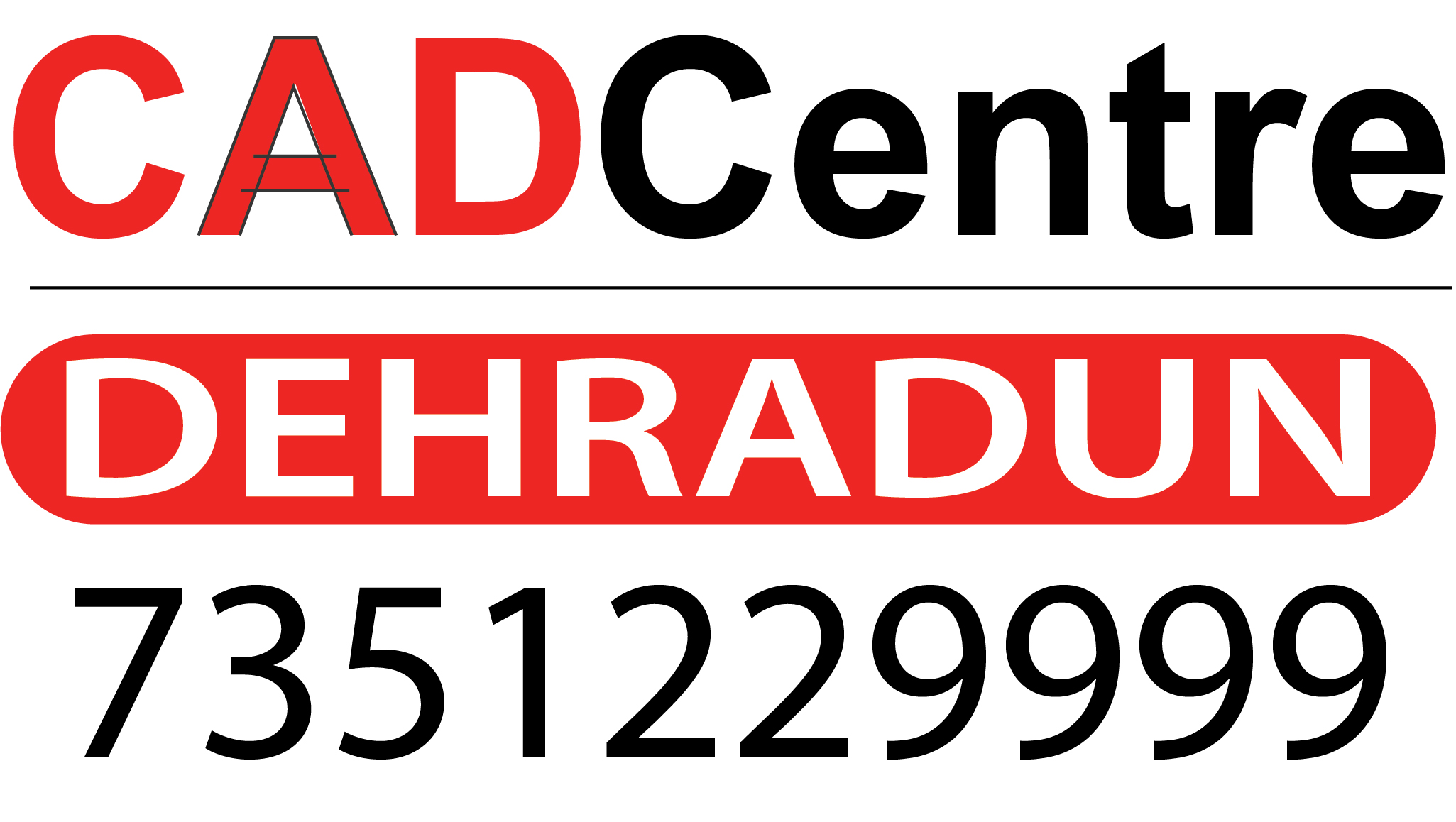CATIA Training in Dehradun
Looking to upgrade your CAD skills with professional training? CAD Centre Dehradun offers the most in-demand CATIA Training in Dehradun, specially designed for engineering students and working professionals. Gain practical knowledge, hands-on experience, and real-world project exposure under certified trainers.

Why Choose CAD Centre Dehradun for CATIA Training?
✅ Authorized & Trusted CAD Training Institute in Dehradun
✅ Expert Trainers with real industry experience
✅ Project-Based Learning with real-time assignments
✅ Flexible Timings – Weekend/Weekday/Online options
✅ Affordable Course Fees with Certification
✅ Placement Support with Resume & Interview Training
Course Highlights
| Features | Details |
|---|---|
| Institute | CAD Centre Dehradun |
| Software Covered | CATIA V5, V6 |
| Training Mode | Offline & Online (Live classes) |
| Practice | Industrial Projects & Labs |
| Certification | ISO-Certified & Industry Approved |
| Placement Support | Yes – Resume & Interview Help |
Course Duration & Schedule
Total Duration: 1.5 to 2 Months
Class Time: 1.5 Hours Daily
Batch Options: Regular, Weekend & Fast-Track
Online Availability: Yes (Live Classes)
CATIA Course Fees at CAD Centre Dehradun
We provide quality training at student-friendly pricing.
Standard Fees: ₹12,000 – ₹15,000 (based on batch type)
Group Discount & Festive Offers: Available
Installment Option: Yes (0% interest EMI)
Skills You Will Learn
3D Part Modeling & Assembly
Surface & Sheet Metal Design
Drafting & Detailing
Product Structure, Simulation
GD&T (Geometric Dimensioning and Tolerancing)
Real-world Project Execution
Career Scope After CATIA Training
With CATIA skills, you can explore roles like:
Mechanical/CAD Design Engineer
CATIA Design Specialist
Product Development Engineer
Aerospace Design Executive
Automotive CAD Engineer
Contact Us
-
9d Astley Hall, Dehradun, Above Book World, Dehradun, Uttarakhand 248001
- Sudhowala Chowk, Dehradun, Uttarakhand, 248007
- +91 7351229999
- info@reeaait.com
What Our Students Say – Reviews
FAQs
The CATIA course at CAD Centre Dehradun is designed to be completed in 1.5 to 2 months. The institute offers multiple learning formats to suit different needs:
Regular Batches (Mon–Fri, 1.5 hrs/day)
Weekend Batches for working professionals
Fast-Track Batches for those in a hurry
You can also choose between:Offline (Classroom) Training
Online (Live Virtual Classes)
This flexibility helps both students and professionals attend classes as per their convenience.
The CATIA course fees generally range from ₹12,000 to ₹15,000, depending on:
The batch type (regular/fast-track/weekend)
The mode of learning (offline or online)
Any current promotional discounts or group offers
Additional options:
Installment/EMI facility is available for ease of payment.
Group bookings or college partnerships may get extra discounts.
Contact the centre directly for the latest fee structure or offers.
Yes, upon successful completion of the course and final project submission, every student receives an ISO-certified course completion certificate from CAD Centre Dehradun. This certificate:
Is recognized by industries and hiring companies
Validates your skills in 3D modeling and design using CATIA
Can be added to your resume or LinkedIn profile for better job visibility
Yes, CAD Centre Dehradun provides dedicated placement assistance after course completion. This includes:
Resume Writing & Portfolio Assistance
Mock Interviews & HR Guidance
Job Referrals to Design Firms & Industries
Many students have successfully secured positions as CAD Design Engineers, Mechanical Designers, and CATIA professionals through the institute’s support.
This course is ideal for:
Engineering Students – B.Tech/B.E. or Diploma in Mechanical, Automobile, Aerospace, or Production
Working Professionals – Looking to upgrade or switch to design/CAD profiles
Design Aspirants – Who want to learn product modeling and 3D tools
Freshers – Seeking skills that boost job opportunities in core engineering
There is no strict prerequisite, but basic computer knowledge and interest in mechanical or design engineering are recommended.

